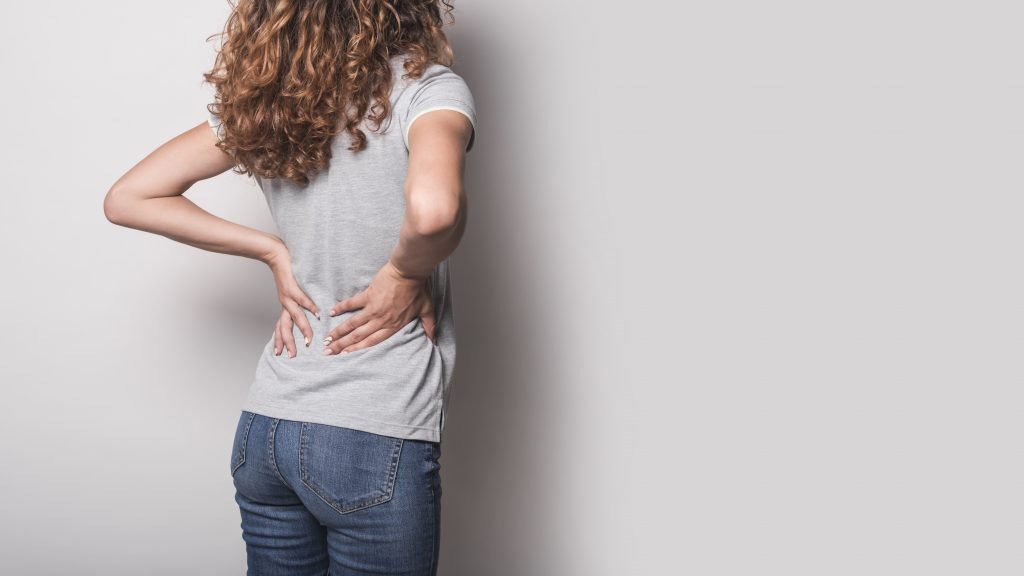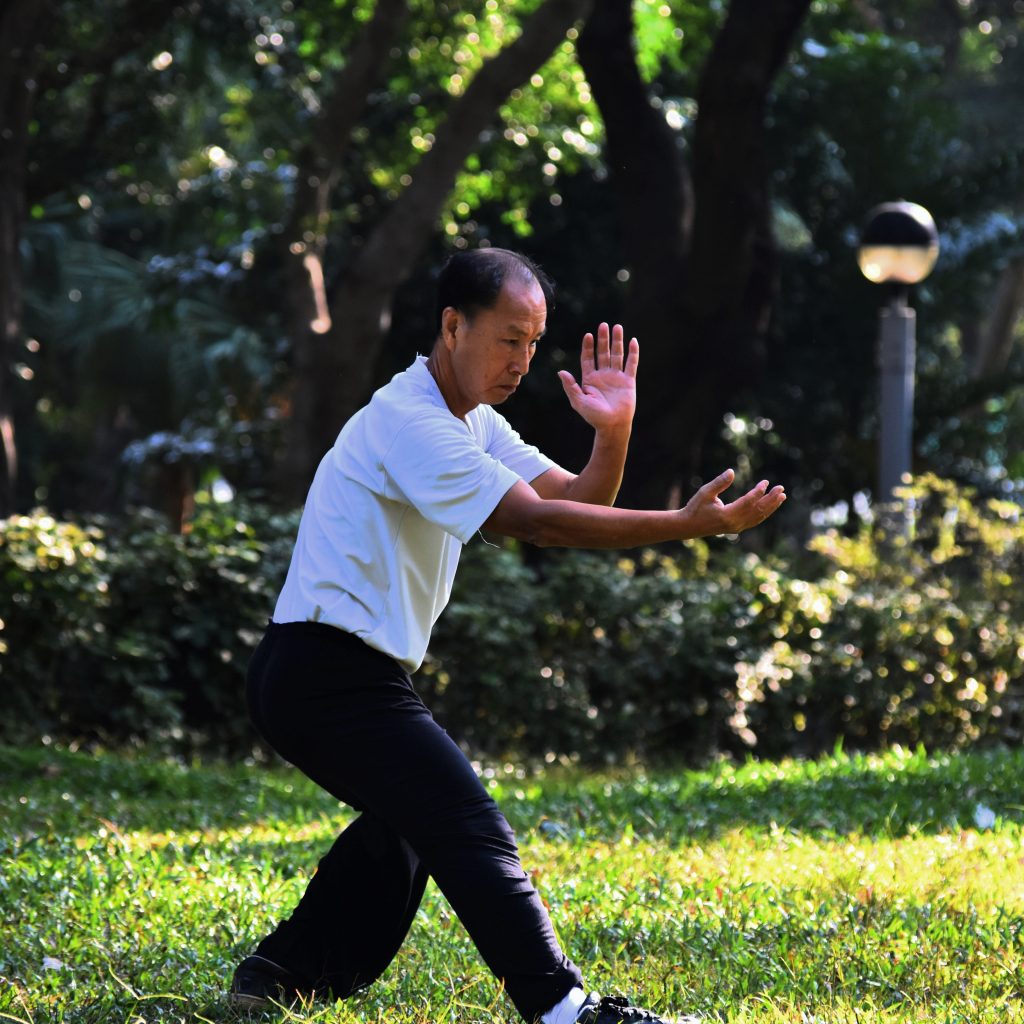Subscribe to the Newsletter
If you are interested in understanding how Traditional Chinese Medicine can improve your life sign up to my newsletter for the latest updates.

Q. Can back pain be cured by acupuncture, if used correctly?
A. If the underlying Chinese medicine ‘syndrome‘ (as in TCM Theory) is dealt with properly, and/or the acupuncture channels can be cleared, then the pain goes or improves greatly.
Conversely, if the treatment fails to address the real reason, any improvement will be temporary.

Just sticking some needles in where it hurts won’t necessarily make any difference. Treating a sore back the right way, ie as Chinese medicine works, very often makes improvements, but that comes down to the initial diagnosis.
So it’s important to get the diagnosis right.
Well – for instance:
Pain may also be felt, or a reaction discovered on examination, at any of the Back-Shu points. To save you clicking on that link, which takes you to a page about them, the Back-Shu’s are acupuncture points which are often important for both diagnosing and treating problems related to individual energy organs or Zang-fu.
When examining someone with back pain, an acupuncturist thinks of the anatomy and physiology in Western Medicine, but also of the energy (Qi) moving along the acupuncture channels in the back.
Which acupuncture channels traverse the back?
The main acupuncture channels on the back are:
That’s not all! Perhaps of lesser frequency:
(So what’s left out, you wonder? Just the Lung, Heart, Pericardium and Liver channels. But each of these can indirectly produce back pain through its paired Zang-fu. For instance, the Liver channel works on the back through the channel of its paired organ, the Gall-bladder.)
If you are using acupuncture or one of the many therapies that, in effect, use the theory of acupuncture (whether knowingly or not), it may help to find the place where the pain starts, finishes or goes to.
Why? Because then you’ll use the correct acupuncture channel.
A. Often, not a lot. The patient may or may not return for more treatment, depending on how much they like and respect you! Sometimes there is an improvement, probably more from luck than good judgement. (Even for this there is an explanation – Chinese medicine is very sophisticated!)
Of course, pain can occur over a wide area, taking in a number of channels. In that case all of them may need treatment but even here usually one takes precedence. Discovering which that is can take skill.
In fact, there are many acupuncture methods (eg Dr Tan or the Balance method, Dr Tung, Japanese acupuncture) which are amazingly good at reducing pain. These use points found on other meridians to clear blockages causing pain in the affected meridians.
Where you, the patient, feel the pain, may not be where the best acupuncture treatment is done. If the underlying condition isn’t treated, the back pain will return and relief will be temporary.
Q. Why?
A. Suppose the condition is caused by Cold and/or Damp(there’s more about these below).
There’s a village in Somerset, England, called Munchelney. It lies inland, about 18 miles (around 29 kilometres) from the sea.
At the time of writing this (2014), after heavy rain for weeks, it is surrounded by water, like an island.

Being cut off, they need food, not to mention rescuing. Power supplies are affected so no doubt some of them will be suffering from cold and damp. (By the way, the image is not of Munchelney, unless things have seriously deteriorated.)
Those susceptible will have back pain, amongst other problems.
Of course food, warmth and rescue will help. But until the floods drain and the land dries out, their problems will remain or return.
So, what is the correct treatment? Obviously, drain the floods; dry out; warm up.
Then consider (1) flood defences, (2) a raised causeway (!) and (3) whether, in the absence of effective flood defences and the expectation of future flooding from heavy rain, living in Muchelney continues to be a good idea.
A somewhat bleak prospect!
Here are some of the syndromes that in Chinese medicine often lead to back pain. (By the way, these syndromes can produce problems elsewhere too. If they do, those other symptoms help to confirm the diagnosis of the syndrome in question.)
Often there is a combination of these syndromes.
For example, read below for descriptions of invasion by Cold and Damp, then invasion just by Cold.

There are acupuncture points that help to ‘drain’ damp. (Warmth can also be applied to help to ‘dry out’ the damp.)
The points that do this are often nowhere near the pain. Points local to where the pain is are often ineffective until the body’s tendency to let damp ‘collect’ is sorted out.
Of course, your acupuncturist would suggest ways to avoid exposure to damp and cold, (including avoiding foods that make you more susceptible to damp formation). He might suggest you stop living in a damp house. But if you don’t live in a damp house, it might be that your favourite sport or your work exposes you to damp conditions.
Some foods, medications and drugs also increase the incidence of damp in your body. Eating too much cold food also makes you susceptible to cold ‘invasion’.
So, for a syndrome like Damp, you may find there are plenty of things you can do yourself to reduce its likelihood and to improve your chances of getting rid of it.
Otherwise, just giving you the right food and warm clothing will be nice, but until the floods drain away, you’ll need continuing help. Visiting your acupuncturist may not cure you, even with the best treatment. You might as well take a painkiller!
So, although acupuncture can greatly help clear the above ‘syndromes’ that produce back pain, and in this case, ‘damp’, there may be changes you should make (in what you eat, for instance). If you don’t make these changes, cure may take longer.

Symptoms include:
Treatment for back pain is seldom really successful unless both the channels in question are chosen carefully, and the underlying syndrome is addressed.
Otherwise, results will be like painting over rust: the paintwork will never look good and will soon deteriorate again.
The kinds of treatment that your painful back might be given by an acupuncturist include:
Also, while not exactly treatment, you might receive advice about:

I’m not allowed by the ASA to tell you that acupuncture is good for back pain, so I haven’t – even though there is now some grudging acceptance of this.
For instance, both NICE, (the British National Institute for Clinical Excellence) and SIGN (the Scottish Intercollegiate Guidelines Network) now recommend or have recommended acupuncture for the treatment of low back pain. Also, click HERE for a major study from Southampton University, covering the benefits of acupuncture for a range of conditions that go beyond those ‘allowed’ by NICE.

Stay in Touch!
No spam, only notifications about new articles and updates.

Book a Video consultation if you want to know more about your symptoms

Why You get Nervous Stomach Anxiety and How to Handle It. Acupuncture has great ways to help.
Subscribe to the Newsletter
If you are interested in understanding how Traditional Chinese Medicine can improve your life sign up to my newsletter for the latest updates.
Subscribe to the Newsletter
If you are interested in understanding how Traditional Chinese Medicine can improve your life sign up to my newsletter for the latest updates.